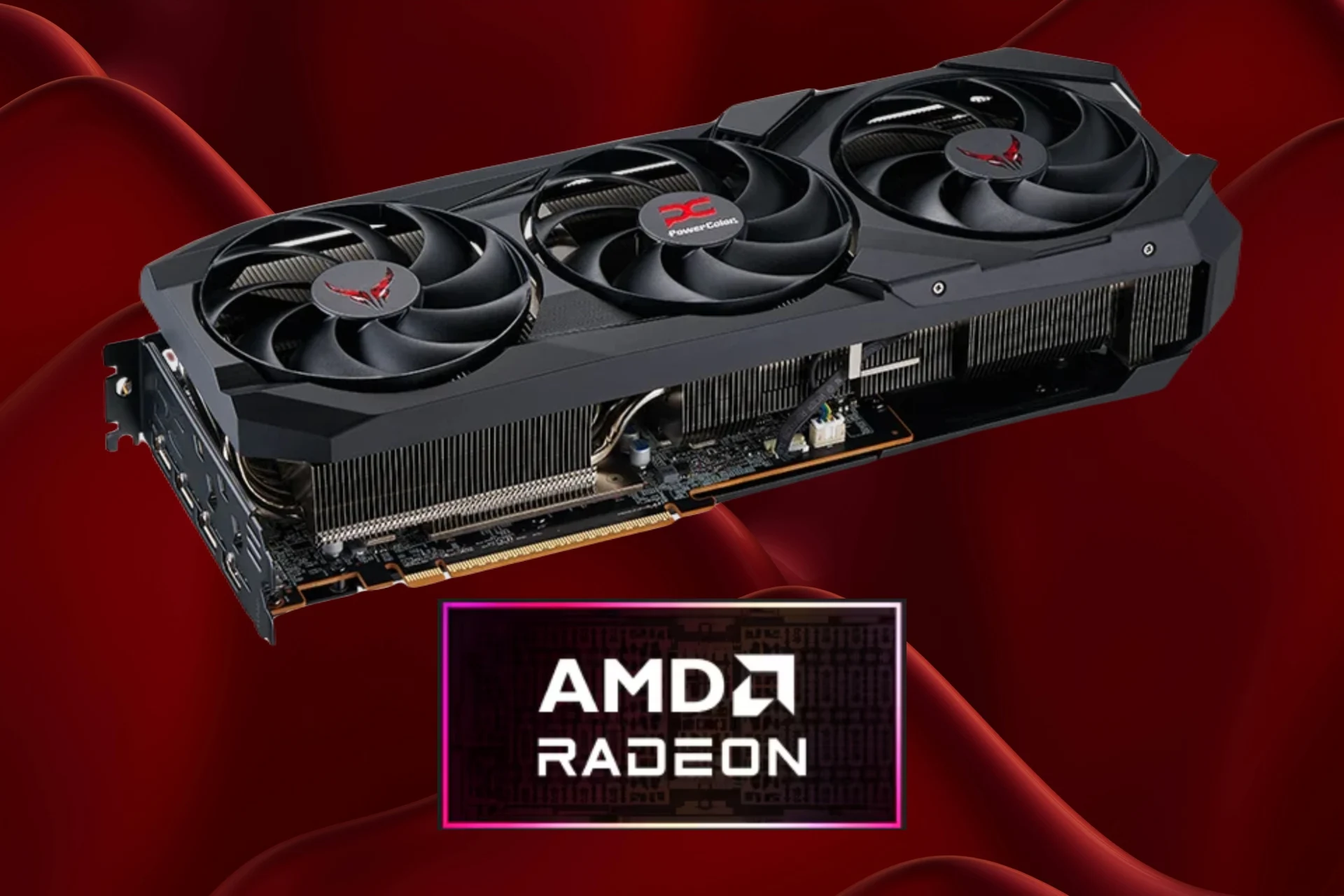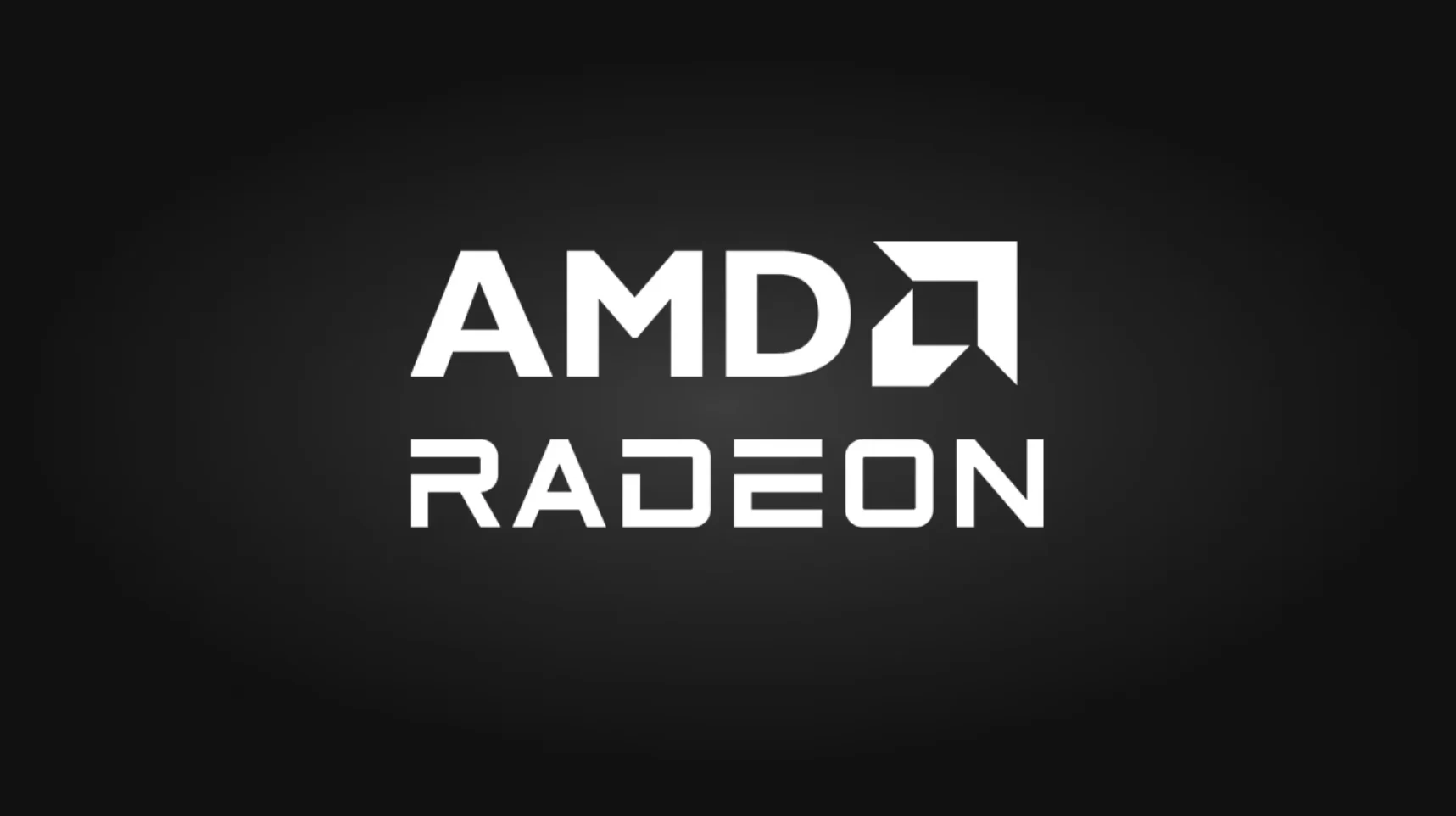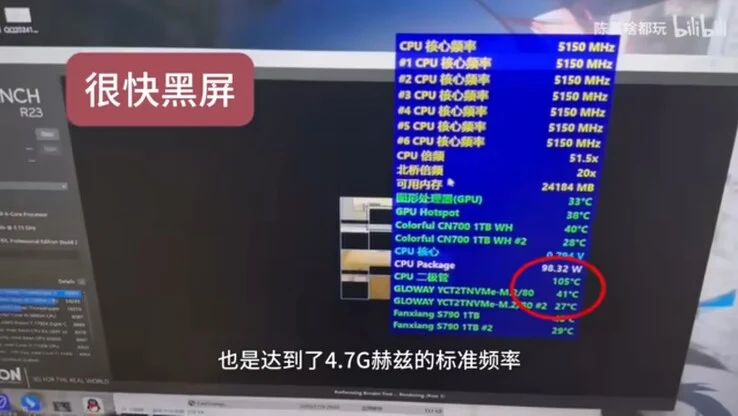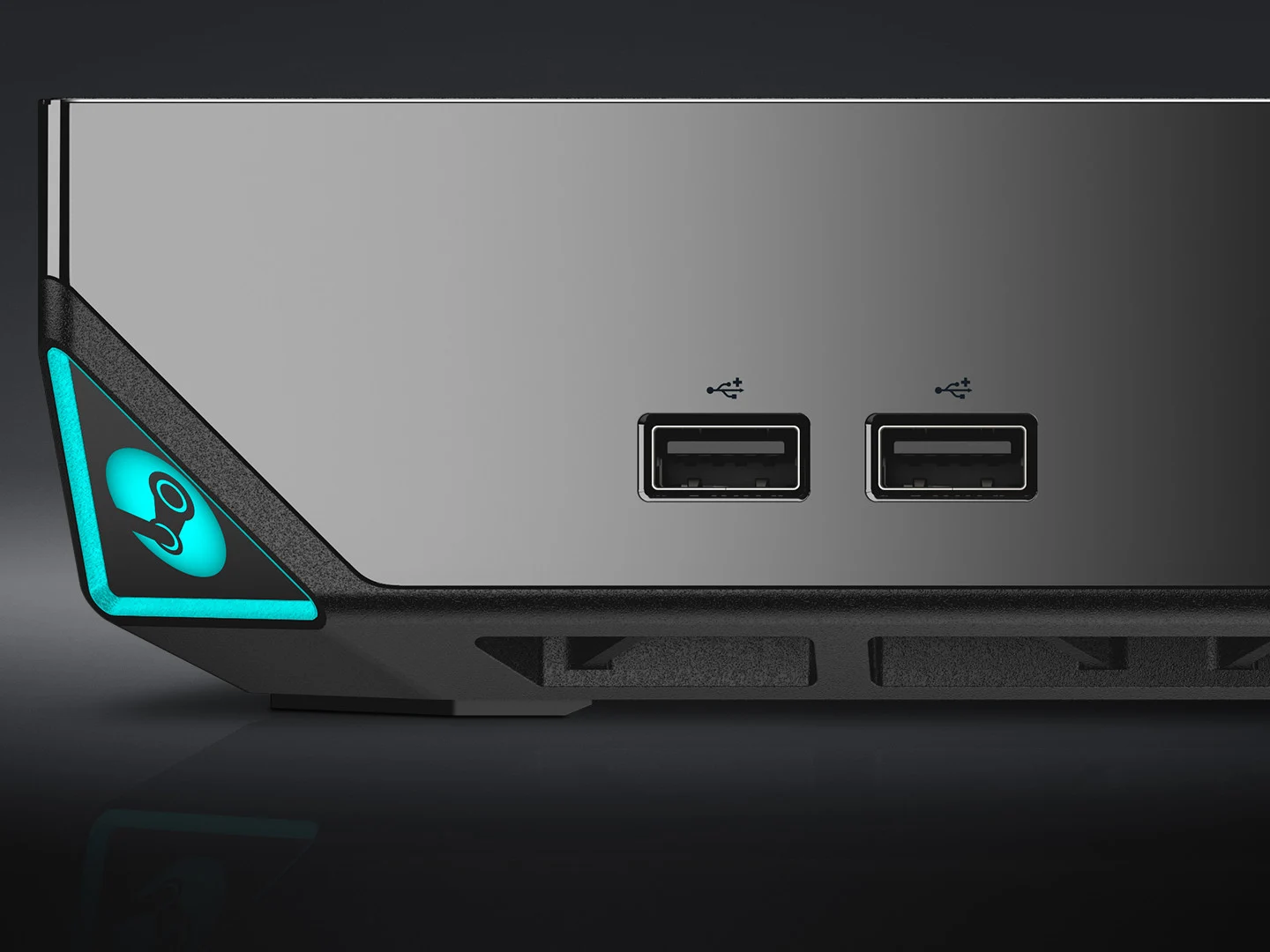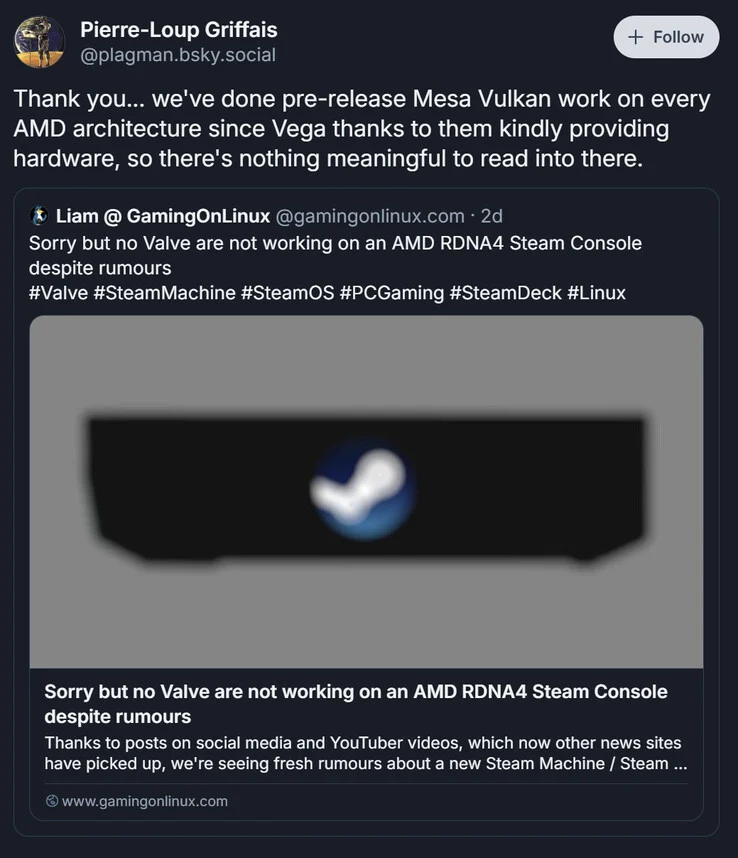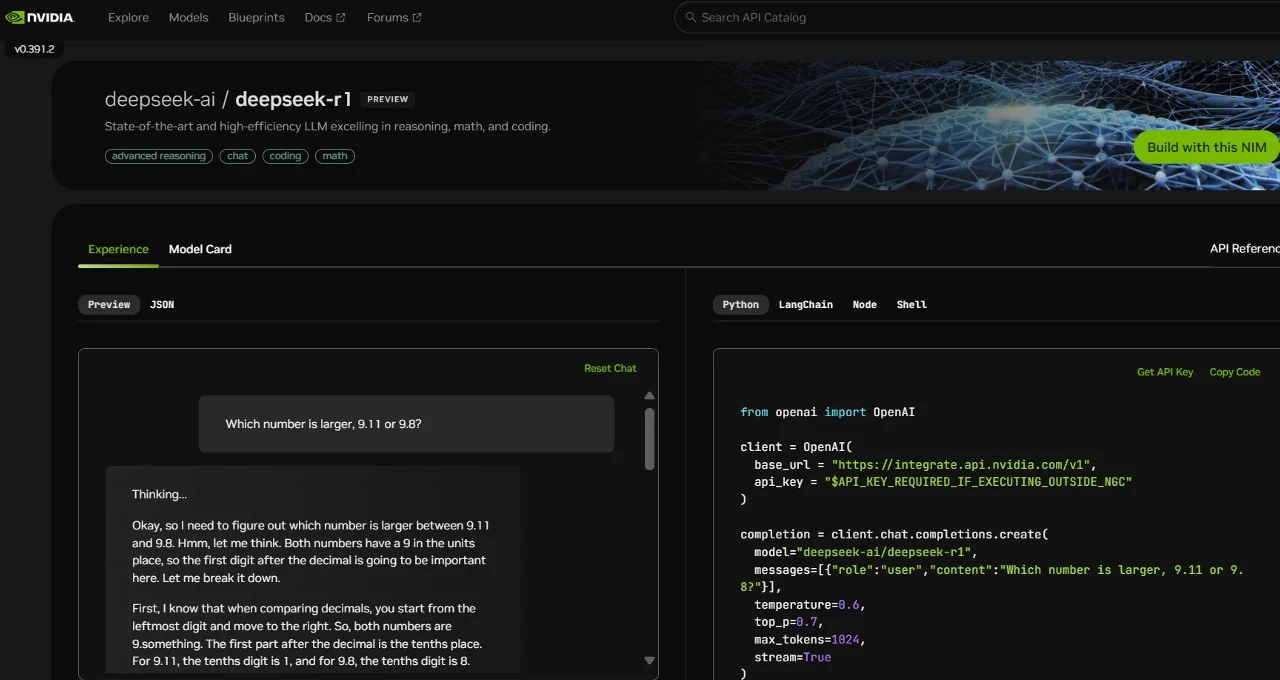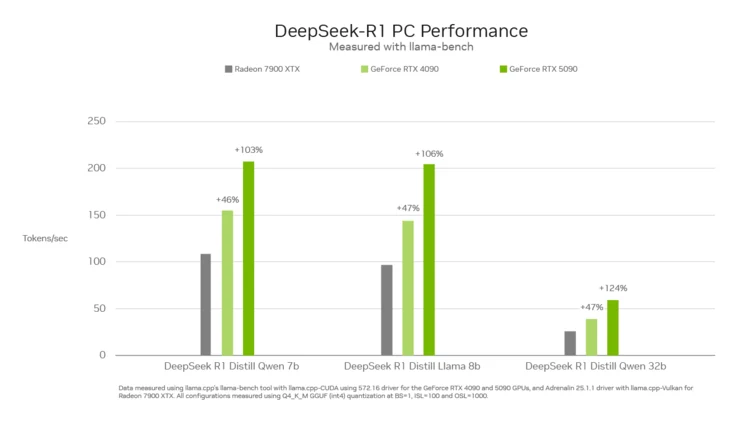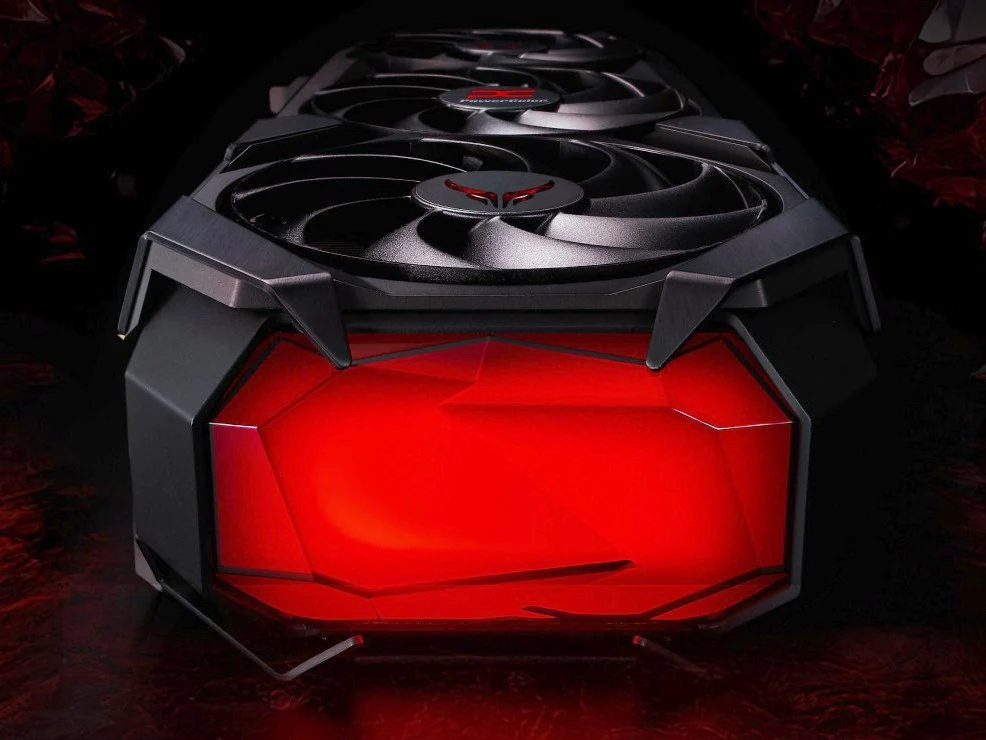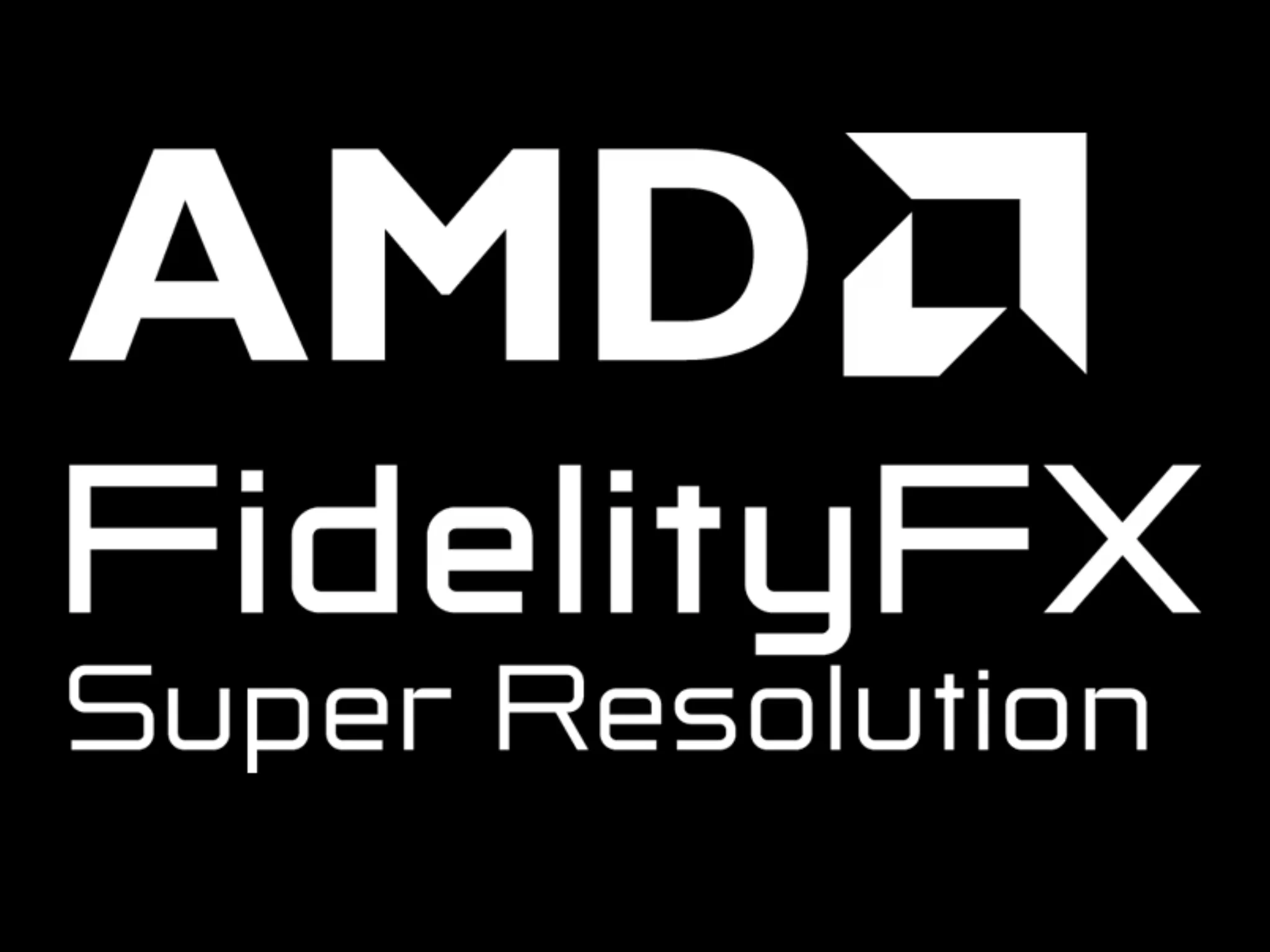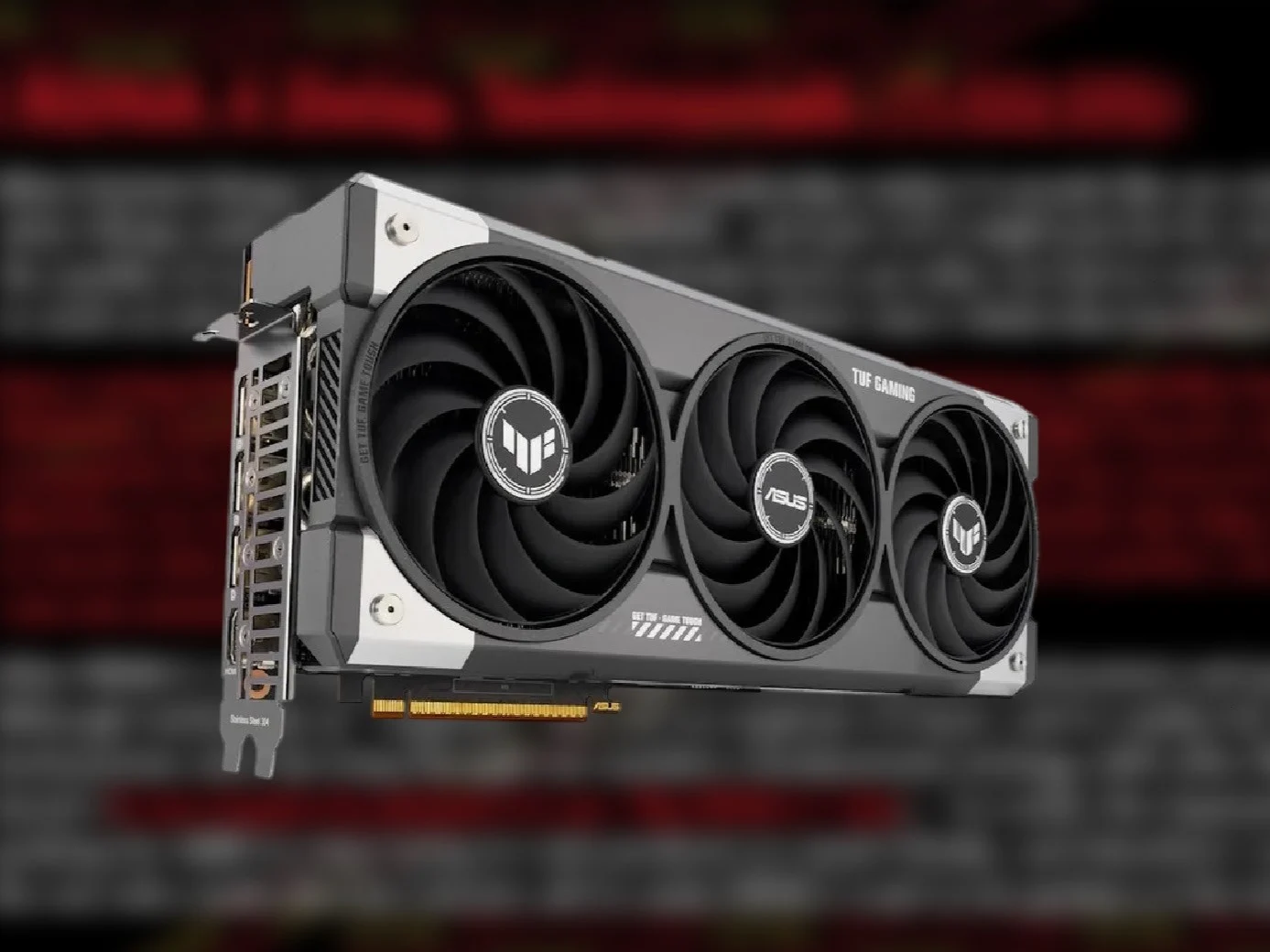Key Takeaways
1. AMD’s RDNA 4-based Radeon RX 9070 and RX 9070 XT GPUs are set to launch early next month, targeting the gaming market.
2. AMD has a chance to compete effectively in the mid-range market due to Nvidia’s supply issues and high prices.
3. Leaks suggest that the performance of AMD’s RDNA 4 cards may rival that of Nvidia’s offerings.
4. The RX 9070 is priced at approximately $589, while the RX 9070 XT is around $699, positioning them as more affordable options compared to Nvidia’s RTX 5070 lineup.
5. The RDNA 4 series, particularly the RX 9070 XT, is expected to underprice Nvidia’s GeForce RTX 5070 Ti and RTX 5070 models.
AMD is set to make a big splash in the gaming world with its upcoming RDNA 4-based Radeon RX 9070 and RX 9070 XT GPUs, likely debuting early next month. Given the terrible supply issues and high prices that Nvidia’s GeForce RTX 5090 and RTX 5080 faced, it seems reasonable to think that their more budget-friendly counterparts, the RTX 5070 Ti and RTX 5070, could also struggle with similar challenges.
AMD’s Opportunity
There’s no doubt that AMD has a significant opportunity to price its RDNA 4 graphics cards competitively and dominate the mid-range market. Recent leaks suggest a noticeable improvement in performance that rivals Nvidia’s offerings, while another leak indicates that the RDNA 4 cards may be more affordable. A Canadian retailer has showcased a range of RX 9070 and RX 9070 XT cards from various AIB partners, as highlighted by @GawroskiT and VideoCardz.
Pricing Breakdown
Starting with the entry-level PowerColor Reaper series, the Radeon RX 9070 Reaper is listed at $839 CAD, which equals about $589. In contrast, the RX 9070 XT is priced at $999 CAD, or around $699. Additionally, several other models are available, with the PowerColor Red Devil RX 9070 XT leading the pack at a staggering $1,239 CAD, approximately $860. It’s clear that the RDNA 4 series is positioned to underprice the GeForce TX 5070 lineup, especially considering the recent leak regarding the RTX 5070 Ti’s pricing.
Source:
Link


